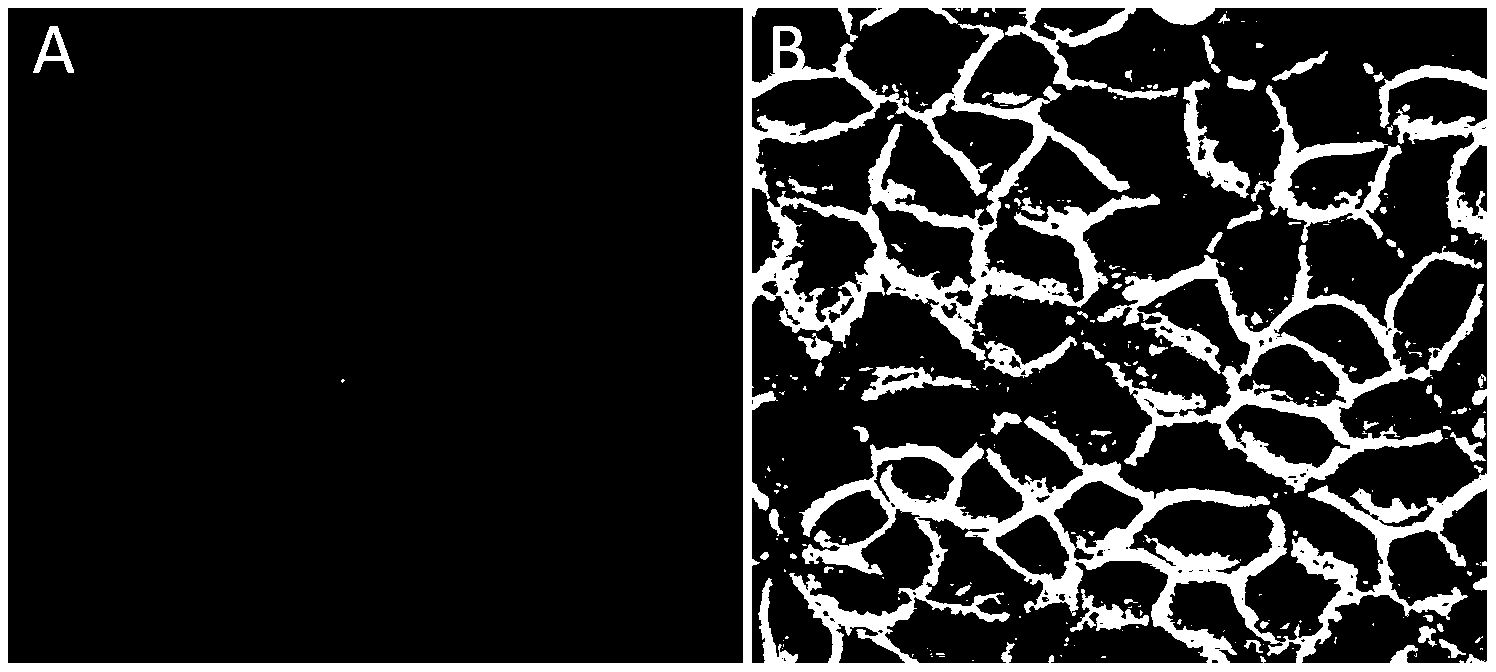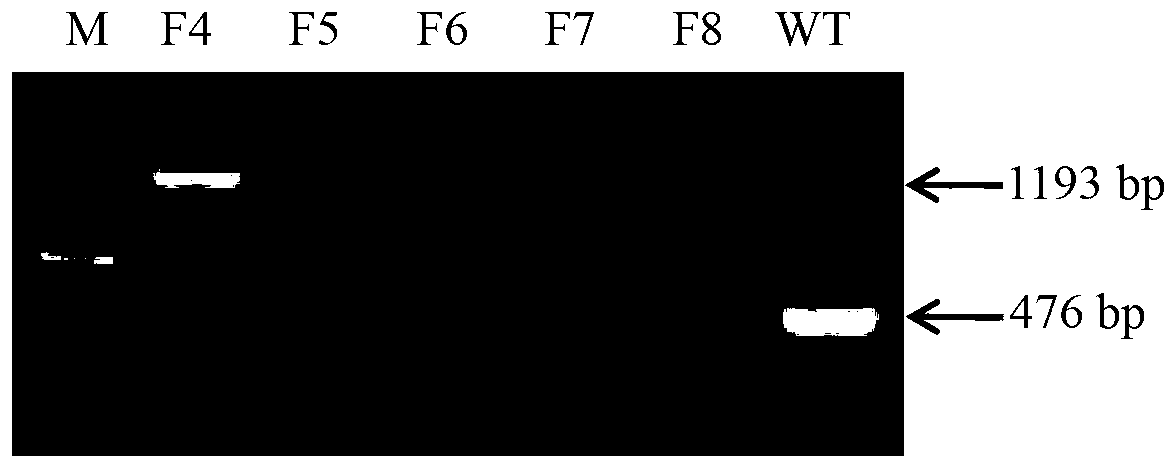Green fluorescent protein marked recombinant swine fever virus,?its rescue method and application
A technology of green fluorescent protein and classical swine fever virus, applied in the field of diagnosis or detection of classical swine fever virus, can solve the problems of high cost, laborious and expensive antibody labeling
- Summary
- Abstract
- Description
- Claims
- Application Information
AI Technical Summary
Problems solved by technology
Method used
Image
Examples
Embodiment 1
[0031] Example 1 Construction of green fluorescent protein-labeled recombinant swine fever virus (EGFP-CSFV)
[0032] 1.1 Construction of full-length infectious cloning plasmid pEGFP-CSFV
[0033] The full-length infectious clone pBRCISM of CSFV Shimen strain (Li C, Huang JH, Li YF, et al. Efficient and stable rescue of classical swine fever virus from cloned cDNA using an RNA polymerase II system. Arch. Virol. 2012, doi: 10.1007 / s00705-012-1548-548) was used as the basis to construct the full-length infectious cloning plasmid pEGFP-CSFV. Inserting EGFP gene into classical swine fever virus N by fusion PCR technology pro Between the 13th and 14th amino acids of , the primers used are as follows:
[0034] N pro -412eGFP-1S:CACCTCGAGATGCTATGTGG (SEQ ID No. 1);
[0035] N pro - 412eGFP-1R: CTCGCCCTTGCTCACCATGTTTGTTTTGTATAAAAGTTC (SEQ ID No. 2);
[0036] N pro - 412eGFP-2S: AACTTTTTATACAAAACAAACATGGTGAGCAAGGGCGAGGAG (SEQ ID No. 3);
[0037] N pro - 412eGFP-2R: CCCATTGGTTT...
experiment example 2E
[0045] Experimental example 2 Stability analysis experiment of EGFP gene in the genome of recombinant classical swine fever virus (EGFP-CSFV) labeled with green fluorescent protein
[0046] The F4 cells of the green fluorescent protein-labeled recombinant classical swine fever virus (EGFP-CSFV) rescued in Example 1 were subcultured to the F8 generation, and the fluorescence of EGFP was observed before passing each generation of virus to the next generation. Harvest F4, F5, F6, F7, F8 generation virus liquid, detect virus antigen with IDEXX swine fever antigen kit, extract virus RNA at the same time, use RT-PCR to detect whether the EGFP gene exists stably. The virus liquid of each generation was inoculated into PK-15 cells cultured in a 96-well culture plate. After 48 hours, the specific fluorescence of EGFP was observed first, and then the cells were fixed with cold absolute ethanol. Mouse secondary antibody was used for IFA detection.
[0047] Cells infected with EGFP-CSFV ...
experiment example 3
[0048] Experimental example 3 One-step growth curve determination of green fluorescent protein-labeled recombinant classical swine fever virus (EGFP-CSFV)
[0049] Inoculate PK-15 cells grown to a monolayer with the green fluorescent protein-labeled recombinant swine fever virus EGFP-CSFV rescued in Example 1 and the parental virus wt-CSFV at a multiplicity of infection (MOI) of 1, and inoculate for 2 hours. After washing with PBS, maintenance solution was added and cultured at 37°C. The virus was harvested at 24, 36, 48, 60 and 72 hours after infection, and the virus solution was serially diluted 10 times, and inoculated on PK-15 cells growing to a single layer, and 2% maintenance solution was changed after 2 hours of infection, and directly after 48 hours. Observe the fluorescence of EGFP, then detect it with IFA, and calculate its TCID by Reed-Muench method 50 , to draw the virus growth curve.
[0050] Assay results show that the EGFP-CSFV rescued by Example 1 has similar...
PUM
 Login to View More
Login to View More Abstract
Description
Claims
Application Information
 Login to View More
Login to View More - R&D
- Intellectual Property
- Life Sciences
- Materials
- Tech Scout
- Unparalleled Data Quality
- Higher Quality Content
- 60% Fewer Hallucinations
Browse by: Latest US Patents, China's latest patents, Technical Efficacy Thesaurus, Application Domain, Technology Topic, Popular Technical Reports.
© 2025 PatSnap. All rights reserved.Legal|Privacy policy|Modern Slavery Act Transparency Statement|Sitemap|About US| Contact US: help@patsnap.com



